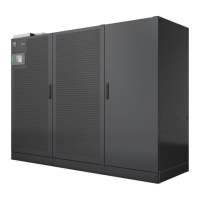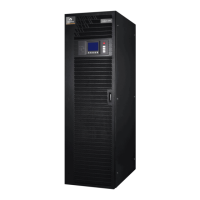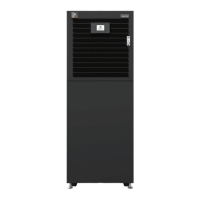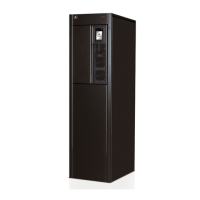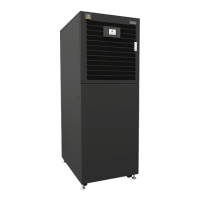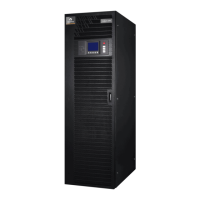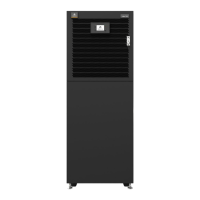TABLE OF CONTENTS
1 Important Safety Instructions 1
2 Mechanical Installation 3
2.1 Pre-installation Planning 3
2.2 Preliminary Checks 3
2.3 Environmental Considerations 3
2.3.1 UPS Room 3
2.3.2 Storing the UPS and Batteries for Delayed Installation 5
2.3.3 Installation Altitude 5
2.4 Positioning 5
2.4.1 Moving the Cabinets 5
2.4.2 Clearances 6
2.4.3 Raised-Floor Installations 6
2.4.4 Floor Anchors—Optional 6
2.4.5 Kick Plate Installation—Standard 6
2.4.6 Special Considerations for 1+N Parallel Systems 6
2.4.7 Unpacking and Unloading the Cabinet from the Pallet 7
2.5 System Configuration 8
2.6 Power-cable Busbars 10
2.7 Attaching Input/Output Cabinets 14
2.7.1 Moving Input/Output Cabinets into Position 14
3 UPS Electrical Installation 15
3.1 External Protective Devices 15
3.2 Power Cables 15
3.3 Sizing the Input Breaker that Feeds the UPS 16
3.3.1 Single or Dual Input Feeds 16
3.3.2 Automatic Transfer Switches 16
3.4 Input Power Cable Connection 16
3.4.1 Equipment Ground 17
3.5 DC Power Connections 18
3.6 Control Cable and Communication 19
3.6.1 Slots for Liebert® IntelliSlot™ Cards—SLOT1 and SLOT3 21
3.6.2 Slot for LIFE Services Products—SLOT2 21
3.6.3 Serial Interface for Liebert® LIFE™ Services Cards (Serial Input/Output)—XP6 21
3.6.4 Connector for REPO (Input and Status)—AP30-XP10 22
3.6.5 Customizable Output Dry Contacts—AP30/AP202 XP12 22
3.6.6 Customizable Input Dry Contacts—AP30/AP202 XP11 25
3.6.7 Connector for Parallel UPS Connection—AP30-XP71A, 71B, AP30-XP72A, 72B 27
3.6.8 RJ-45 Interface for Synchronization with External Signal—AP30-XP31 28
3.6.9 UPS Control Contacts with Battery Cabinet or Module Battery Disconnect 28
3.6.10 UPS Control Contacts with Global Maintenance Bypass 28
Vertiv | EXL S1™ Installer Guide | iii
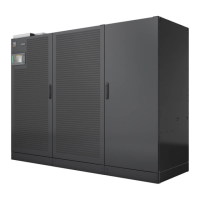
